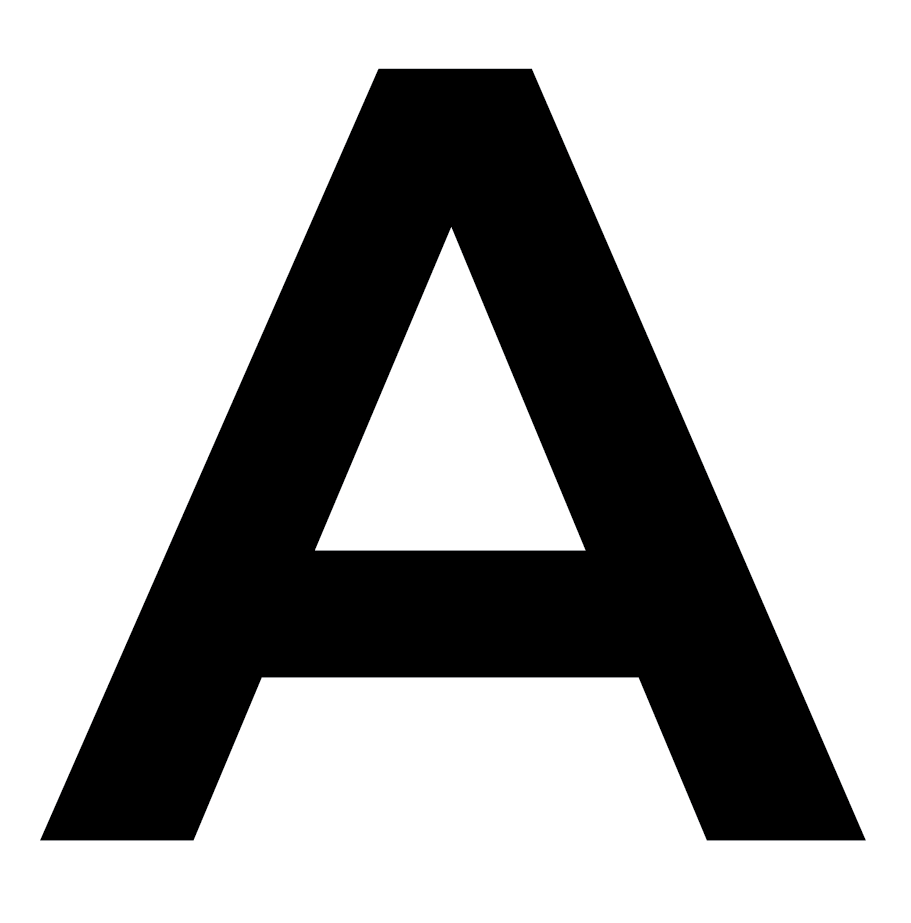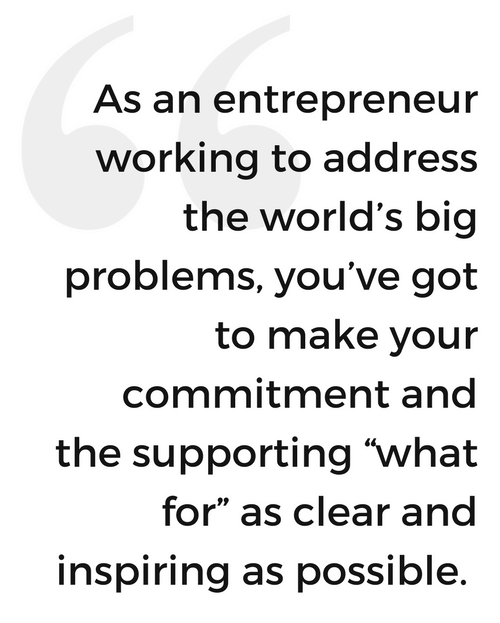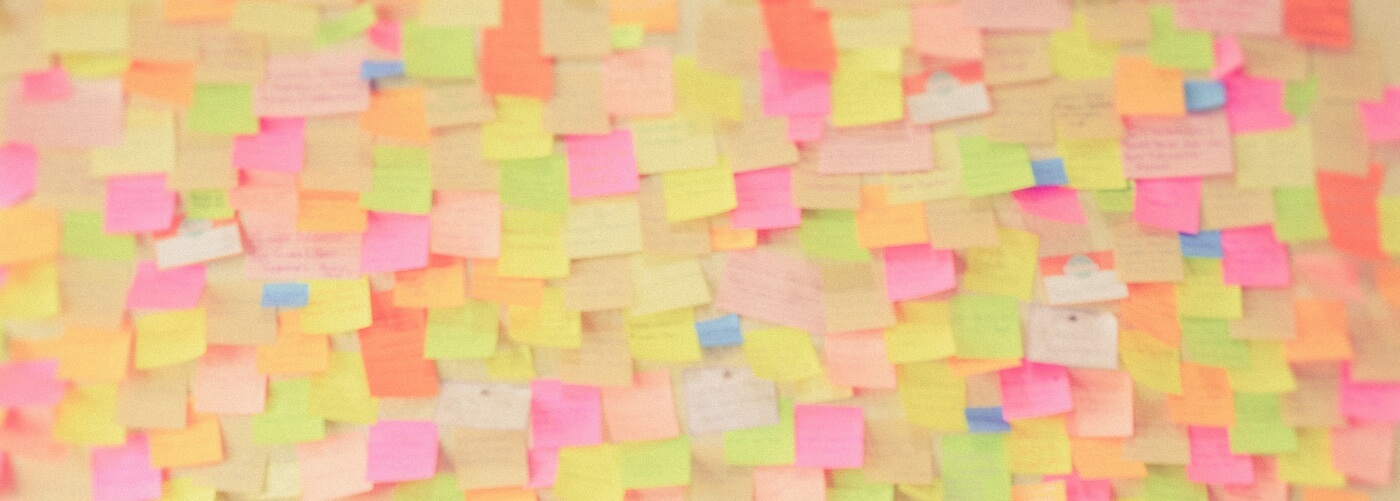 s a coach, my job is to support people in creating the future they want for themselves, their business, or the world. At the beginning of a client engagement, I am often helping people suss out the details of exactly what it is that they want to create. Once we get clear on that, the work becomes twofold: 1) Putting a plan together to get there, and 2) Taking the things that are in someone’s way, out of the way.
s a coach, my job is to support people in creating the future they want for themselves, their business, or the world. At the beginning of a client engagement, I am often helping people suss out the details of exactly what it is that they want to create. Once we get clear on that, the work becomes twofold: 1) Putting a plan together to get there, and 2) Taking the things that are in someone’s way, out of the way.
Here, I focus on the first part and offer up some key structures to integrate into your work.
Structure 1: Define Your Commitment and “What For”
When I am helping a client figure out what they want to create, what we are really doing is defining what they are committed to. This could be in their personal lives, for example creating a strong, grounded, passionate relationship with a partner. Or it might be something they’re committed to in a business, such as becoming the industry lead in a particular type of manufacturing.

Having a strong “what for” for your commitment is paramount. This is your reason for doing it. Why is this a worthy investment of your time and energy? What will it make available or cause within you or the world? As an entrepreneur working to address the world’s big problems, you’ve got to make your commitment and the supporting “what for” as clear and inspiring as possible.
Write out your big commitment with your business or work, and include details on your “what for.” Be bold in your commitments, and thoughtful in your supporting “what for.” And stay present to it: Write it on a post-it. Take a picture and save it as the backdrop on your phone. Share it with friends, collaborators, confidants, and strangers. Own it.
Structure 2: Write Out Your Future Vision
Write out a journal entry from the perspective of standing in the future you’ve created. This will be written in the first person and present tense, but it takes place in the future. Pick a specific date to write this vision from, and include as many details as possible on what life is like for you and others at this time. How has achieving your commitment been? What has it created for you personally? What has it created for others? Make it visceral. How do you feel? What are you doing on this very day?
Writing out a future vision will help you get more clear on everything about the goal you’re setting out to achieve. It will pull you towards that future by adding energy, motivation, and clarity to the actions you’ll take. If it is a long-term goal you are working towards, add a reminder in your calendar to read your future vision once a month.
Structure 3: Take Inventory of Your Resources
We often underestimate the resources we have available to us, and remain unclear about the resources we actually need. Take the time to inventory what you already have available, and get really clear on the resources you need to pull together. Make a list of these in your project plan, and keep these things in mind:
Available Resources
Look at people and non-people resources. Be clear about what each resource offers you. For example, if your friend Susan who you studied with at university is on the advisory board at an organization you want to collaborate with, add her. Write out what Susan is a resource for, and declare an intention on what you want to create by connecting with Susan and by when (for example, “I intend to have Susan’s organization committed to providing initial investment by September 30”).
Resources You Want or Need
These are the resources that you do not yet have, but want or need. This can include anything from people you want to recruit onto your advisory board (and why), to funding opportunities, to helpful books or websites. Always take the time to get specific as to what this resource will make possible for you and project how you will obtain this resource and by when (notice the trend here: getting specific about the future results you will create!)
Structure 4: Take Inventory of Your Skills
Develop an inventory of:
1) the existing skills you posses,
2) the skills you want to develop, and
3) the skills that you want to surround yourself with (for example, in the team you will build).
Be specific about what that skill makes possible for you in bringing your commitment to life. Writing out your skills inventory is a lot like writing out your resources inventory. I recommend writing out both inventories in one sitting.
Structure 5: Create Milestones and Identify Your Reasons to Celebrate
Ultimately, we want to set some targets for completion, starting with a boldly ambitious goal for when we will have brought our commitment to life. The key is then to work backwards from there.

Working to address the world’s big problems is always going to present us with an element of the unknown. Our job is to be clear on our commitments, set targets, and give ourselves some parameters that help to guide us in our work. Create your ultimate milestone, and then work backwards from your final milestone to the present day.
Once you’ve come up with your milestones, go through and attach rewards to each. These can range from big celebrations, like a mini-getaway with family, or as a team; to small ones, like a ceremonial home-cooked meal, or a round of coffees or drinks for the team to mark a job well done. Setting up a system of rewards for you and your team for passing certain milestones is key to mental and emotional recharge.
Moving Forward: Create Your Action Plan
Often addressing big problems can feel overwhelming, and contain big elements of the unknown (“How exactly are we gonna pull this off?!”) These structures offer you more strength and support in facing the unknown. Once we’ve created our milestones and attached our rewards, we must design an action plan to help us take our first steps. It is this one-foot-in-front-of-the-other approach, combined with bold action, defined vision, and supporting structures that set us up for success.



